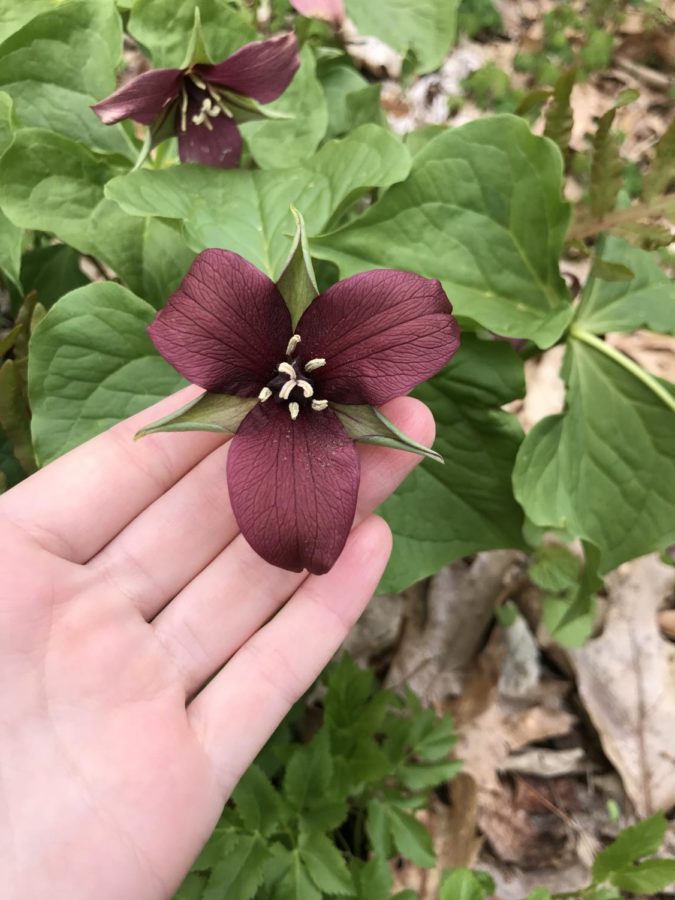Notes from a Naturalist: May
This May, keep an eye to the night skies on and around the 5th. The Eta Aquarids meteor shower will be reaching its height with about 30 meteors expected to be seen every hour. Look in the southern sky, near the constellation Aquarius, for the best view of these meteors.
Ospreys are a patchwork of birds of prey. They act like eagles and sound like falcons, but are actually most closely related to hawks. These remarkable birds are often seen hovering and diving into bodies of water to catch fish. They have a special lining to their eyes which help cut down the glare from the water. Ospreys are also experts at finding the perfect angle to dive down to catch fish. Scientists who study ospreys have found that they can have a 70% success rate when hunting, almost 3 times the success rate of other hawks. Ospreys are going to have to put their amazing hunting skills to work soon because their eggs will be hatching in the upcoming weeks. Ospreys build massive nests on manmade structures such as telephone poles or nest platforms built specifically for them. Their broods can have 1-4 eggs and the chicks stay with their parents for about 2 months. Keep an eye out around bodies of water for Ospreys, they will be busy hunting for their chicks soon!
The full moon for May, the Flower Moon, will be on the 15th. On the next night (the 16th) there will be a full lunar eclipse, so the moon will look red during that night.
Sleek and speedy, North American River Otters are wild weasels. They are the largest member of the weasel family in Massachusetts and can often be seen in rivers or ponds. They hunt for fish and other aquatic animals and can hold their breath for up to 8 minutes! River Otters have a very high metabolism, so they have to eat a lot to keep up. This time of year, River Otters are giving birth to their pups. Otters often use the dens of other animals, such as abandoned beaver lodges or abandoned fox dens. The litters generally have 1-3 pups who are born blind. The pups leave the den about 2 months after being born and stay with their family groups until the next litter of pups is born. The pups play often to strengthen their familial bonds as well as hone their hunting skills. Keep an eye out around bodies of water for family groups of these wonderful weasels!
An old saying says that “April showers bring May flowers,” and it has definitely been proven true this spring. Wildflowers are popping up everywhere, beautiful bursts of color among the green of emerging leaves. One of the most beautiful wildflowers is the Red Trillium. These wildflowers are some of the first to bloom in the spring and are one of the most recognizable wildflowers. They have 3 petals that are placed on a stem above a rosette of 3 leaves. While their name implies their flowers are just red, Red Trilliums flowers are quite variable, they can be anywhere from white to pinkish to a deep red. The flowers may look pleasant, but their smell is anything from it. Trilliums smell like rotting flesh to attract flies to pollinate them. Red Trilliums are often found in dry woods and are blooming this time of year. Keep an eye out for these fantastic flowers!







